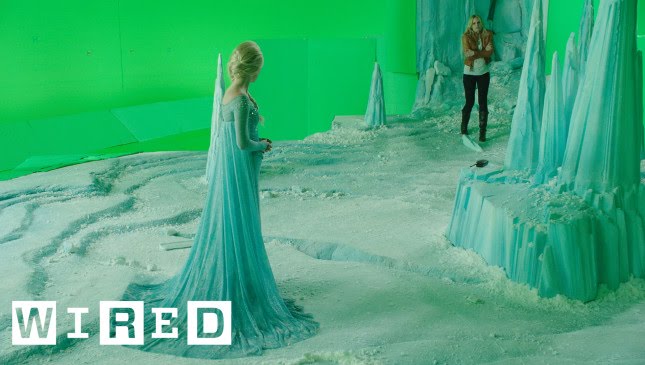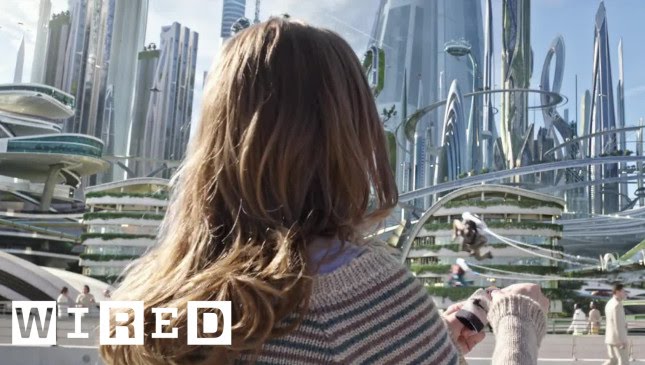The Making of Fully Digital Actors in The Force Awakens
Summary
The team at Industrial Light and Magic (ILM) created fully digitized characters for the movie, The Force Awakens. While some characters’ looks were achieved through in-camera prosthetics, others like Maz, voiced and played by Lupita Nyong’o, were fully developed digitally using the Medusa capture system and ILM’s proprietary facial capture system called SnapSolver. This blog post details how ILM’s R&D team collaborated with Disney Research Zurich to create a library of faces from the captured expressions of Lupita Nyong’o, which were then retargeted through SnapSolver for the production of the movie.
Table of Contents
- ILM’s Work on The Force Awakens
- Digitizing the Characters
- The Medusa Capture System
- Creating the Expression Space
- Retargeting Lupita Nyong’o’s Performance
- Collaboration with Disney Research Zurich
- Conclusion
Introduction
ILM has a long-established history of creating remarkable visual effects for many movies over the years. The Force Awakens was no different in this regard, as the team achieved some stunning work in various areas, including the creation of fully digitized characters. In this blog post, we will look at how the team at Industrial Light and Magic made fully digital actors, including Lupita Nyong’o’s character, Maz.
Q&A
Q. What work did ILM do in The Force Awakens?
ILM did some exceptional work with The Force Awakens, creating a vast range of stunning action sequences in space and on the ground. The team also added some new characters to the movie, which were fully digitized, including Maz.
Q. How did ILM make the fully digitized characters?
The digitization process starts with character design and a full maquette that is made and scanned. From this model, muscles and bone structures are created. The character’s performance is then captured using the Medusa capture system, which is a proprietary facial capture system used by ILM. The system captures not just fixed, faxed facial expressions but also animated lines of dialogue.
Q. How did ILM create an expression space?
An expression space is created using the library of faces generated before principal photography. This library is based on the actress’s fixed facial expression and tracking dots. The tracking dots attached to the actress are then used to solve her expressions into the ILM-shaped library, creating the expression space.
Q. How did ILM retarget Lupita’s performance?
To retarget Lupita Nyong’o’s performance, ILM used a proprietary facial capture system called SnapSolver. SnapSolver captured her performance and converted it through Medusa to something that they could hand to the highly skilled ILM character animation team. They then refined the final performance.
Q. How did ILM collaborate with Disney Research Zurich?
ILM’s R&D team worked with Disney Research Zurich to develop and integrate the Medusa system for production use. Disney Research Zurich is a world leader in face capture and eye scanning technology.
Conclusion
The Force Awakens was an exceptional movie created in part by ILM’s exceptional work in creating fully digitized characters. Through the Medusa capture system and SnapSolver, ILM created new faces that we will likely see more of in future movies. It is impressive to see how digital technology has transformed the art of filmmaking over the years.







